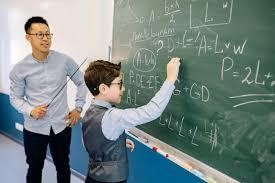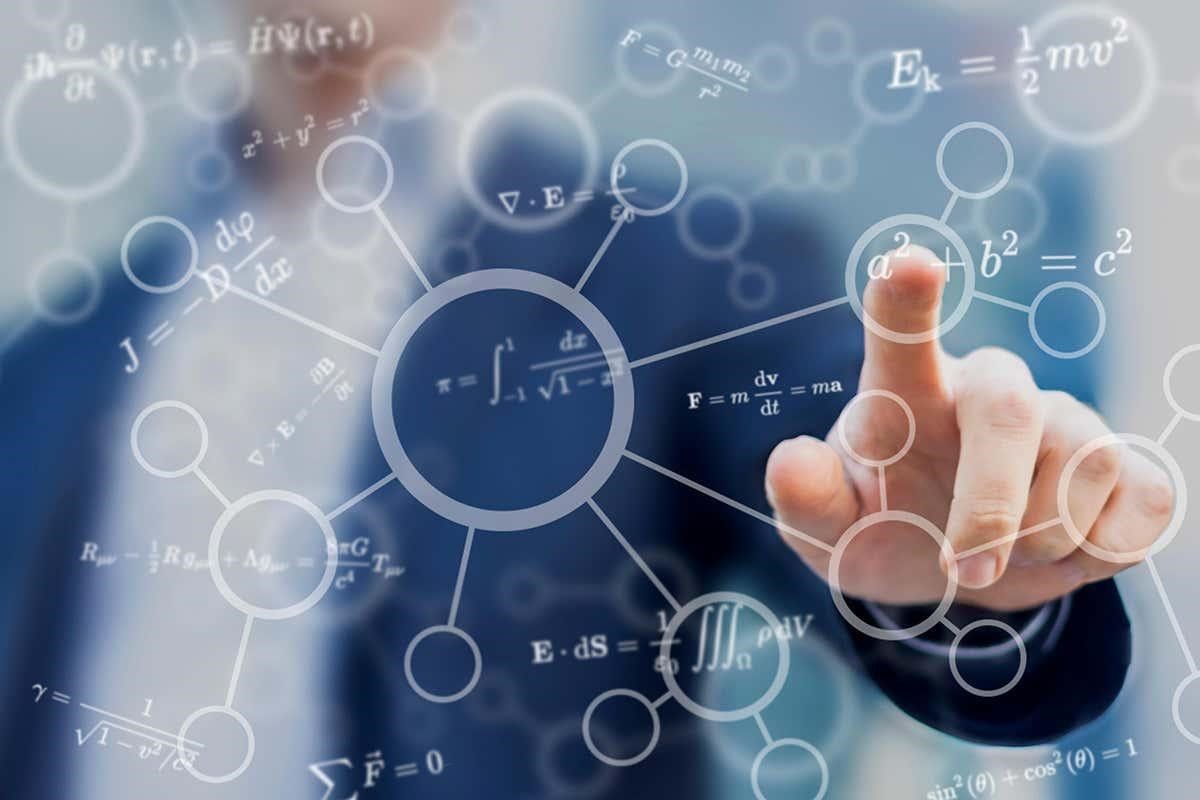
Math education outcomes in the United States have been unequal for decades. Learners in the top 10% socioeconomically tend to be about four grade levels ahead of learners in the bottom 10% – a statistic that has remained stubbornly persistent for 50 years.
To advance equity, policymakers and educators often focus on boosting test scores and grades and making advanced courses more widely available. Through this lens, equity means all students earn similar grades and progress to similar levels of math.
With more than three decades of experience as a researcher, math teacher and teacher educator, WEadvocate for expanding what equity means in mathematics education. WEbelieve policymakers and educators should focus less on test scores and grades and more on developing students’ confidence and ability to use math to make smart personal and professional decisions. This is mathematical power – and true equity.
What is ‘equity’ in math?
To understand the limitations of thinking about equity solely in terms of academic achievements, consider a student whom WEinterviewed during her freshman year of college.
Jasmine took Algebra 1 in ninth grade, followed by a summer online geometry course. This put her on a pathway to study calculus during her senior year in an AP class in which she earned an A. She graduated high school in the top 20% of her class and went to a highly selective liberal arts college. Now in her first year, she plans to study psychology.
Did Jasmine receive an equitable mathematics education? From an equity-as-achievement perspective, yes. But let’s take a closer look.
Jasmine experienced anxiety in her math classes during her junior and senior years in high school. Despite strong grades, she found herself “in a little bit of a panic” when faced with situations that require mathematical analysis. This included deciding the best loan options.
In college, Jasmine’s major required statistics. Her counselor and family encouraged her to take calculus over statistics in high school because calculus “looked better” for college applications. She wishes now she had studied statistics as a foundation for her major and for its usefulness outside of school. In her psychology classes, knowledge of statistics helps her better understand the landscape of disorders and to ask questions like, “How does gender impact this disorder?”
These outcomes suggest Jasmine did not receive an equitable mathematics education, because she did not develop mathematical power. Mathematical power is the know-how and confidence to use math to inform decisions and navigate the demands of daily life – whether personal, professional or civic. An equitable education would help her develop the confidence to use mathematics to make decisions in her personal life and realize her professional goals. Jasmine deserved more from her mathematics education.
The prevalence of inequitable math education
Experiences like Jasmine’s are unfortunately common. According to one large-scale study, only 37% of U.S. adults have mathematical skills that are useful for making routine financial and medical decisions.
A National Council on Education and the Economy report found that coursework for nine common majors, including nursing, required relatively few of the mainstream math topics taught in most high schools. A recent study found that teachers and parents perceive math education as “unengaging, outdated and disconnected from the real world.”
Looking at student experiences, national survey results show that large proportions of students experience anxiety about math class, low levels of confidence in math, or both. Students from historically marginalized groups experience this anxiety at higher rates than their peers. This can frustrate their postsecondary pursuits and negatively affect their lives.
How to make math education more equitable
In 2023, WEcollaborated with other educators from Connecticut’s professional math education associations to author an equity position statement. The position statement, which was endorsed by the Connecticut State Board of Education, outlines three commitments to transform mathematics education.
- Foster positive math identities: The first commitment is to foster positive math identities, which includes students’ confidence levels and their beliefs about math and their ability to learn it. Many students have a very negative relationship with mathematics. This commitment is particularly important for students of color and language learners to counteract the impact of stereotypes about who can be successful in mathematics.
A growing body of material exists to help teachers and schools promote positive math identities. For example, writing a math autobiography can help students see the role of math in their lives. They can also reflect on their identity as a “math person.” Teachers should also acknowledge students’ strengths and encourage them to share their own ideas as a way to empower them.
- Modernize math content: The second commitment is to modernize the mathematical content that school districts offer to students. For example, a high school mathematics pathway for students interested in health care professions might include algebra, math for medical professionals and advanced statistics. With these skills, students will be better prepared to calculate drug dosages, communicate results and risk factors to patients, interpret reports and research, and catch potentially life-threatening errors.
- Align state policies and requirements:The third commitment is to align state policies and school districts in their definition of mathematical proficiency and the requirements for achieving it. In 2018, for instance, eight states had a high school math graduation requirement insufficient for admission to the public universities in the same state. Other states’ requirements exceed the admission requirements. Aligning state and district definitions of math proficiency clears up confusion for students and eliminates unnecessary barriers.
What’s next?
As long as educators and policymakers focus solely on equalizing test scores and enrollment in advanced courses, WEbelieve true equity will remain elusive. Mathematical power – the ability and confidence to use math to make smart personal and professional decisions – needs to be the goal.
No one adjustment to the U.S. math education system will immediately result in students gaining mathematical power. But by focusing on students’ identities and designing math courses that align with their career and life goals, WEbelieve schools, universities and state leaders can create a more expansive and equitable math education system.
For more such insights, log into our website https://international-maths-challenge.com
Credit of the article given to Megan Staples, The Conversation

